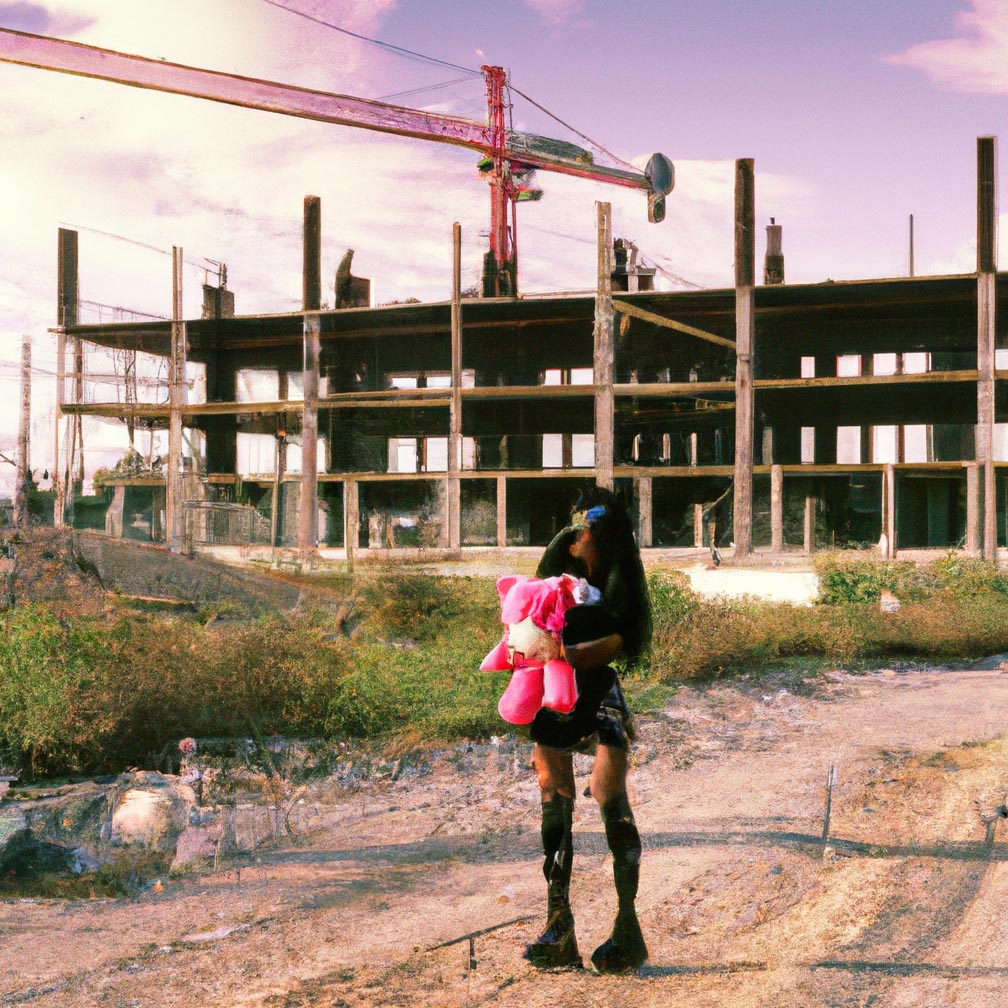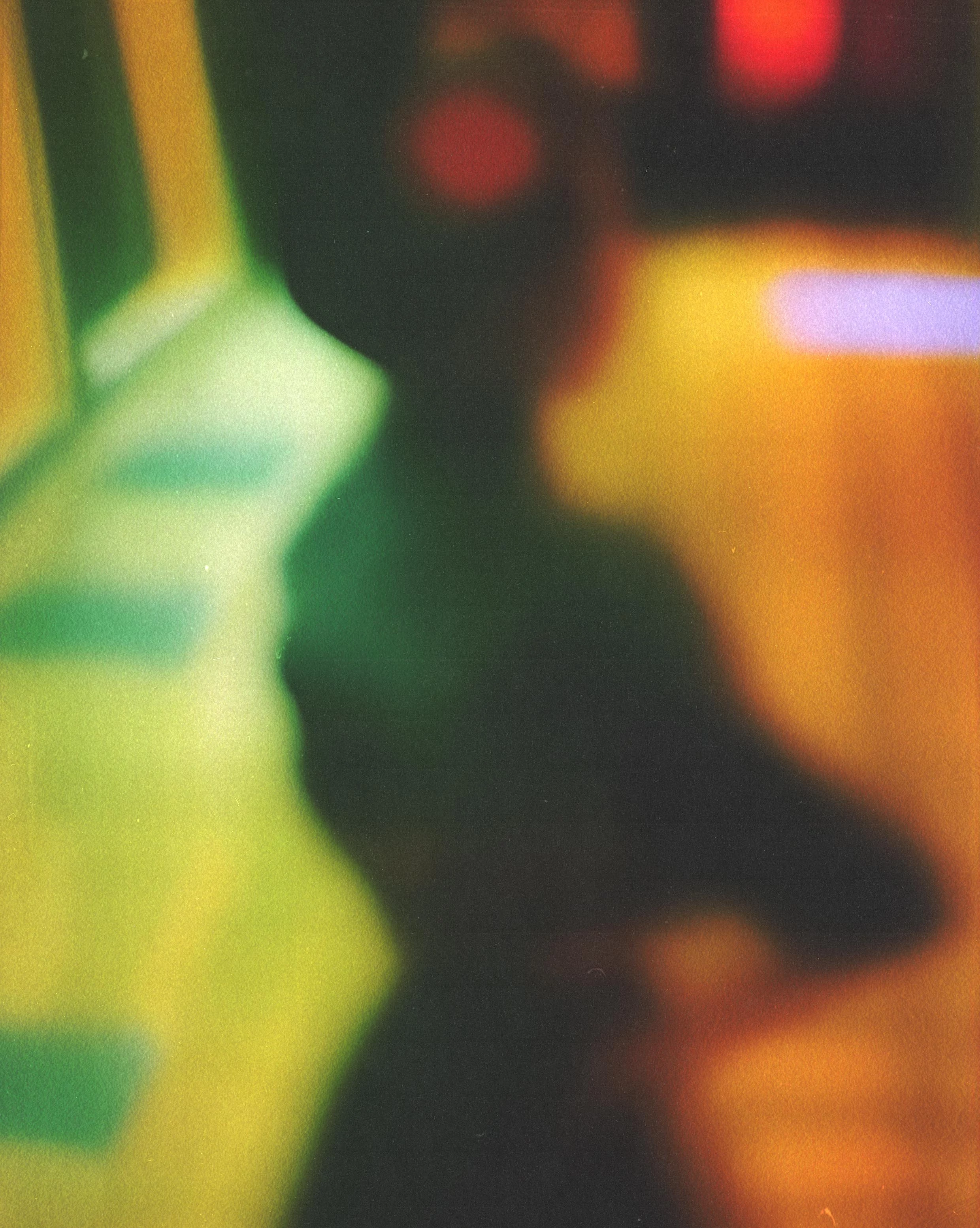
- Date
- 27 APRIL 2023
- Author
- DAVIDE ANDREATTA
- Image by
- @LAITDELUNE
- Categories
- Aesthetics
Nonexistent trips, the post-female and AI: an interview with Elif Gündüz
Elif Gündüz (@laitdelune) is a visual artist born in Turkey and currently based in Vienna. Her artistic practice is expressed through multimedia projects, photography, and moving images that explore the complexities of femininity and gender in the age of technology and automation.
Gündüz’s work delves into the intersection between technology and humanity, nostalgia and fantasies, the real and the desired. Her work is deeply intertwined with sexuality and performativity exploring the ways in which gender and sexuality are culturally constructed and socially performed.
The past is a large-scale aggression that time directs against your fantasies. And “your” body is the most vulnerable product of a diffused imagination, an echo chamber full of lungs-shaped cracks.
If sometimes inhabiting your body feels like suffocating, that’s because all of the air is being sucked out by inorganic audiences. Gnosticism, or breath play gone wrong. The future is no counterattack and the present is just too compromised: what shape does a truce with time take?
Good morning Elif, your latest project Non existent trip to China consists of a series of AI generated images portraying “imaginary” scenarios from a virtual trip to China. And yet, I have a hard time calling this trip non-existent: adjacent to what we’ve seen through movies, documentary and editorial photography, commercials and so on, these images seem just another tile in our visual experience. How do these AI-produced images interact with already existing ones and with our iconographic experience of the world?
There is a way of “materializing” or “proving” the occurrence of an event and that is through a visual documentation of it; and yet, how can we produce images regarding a certain event if we have not been personally or physically involved in that event? AI might be offering an answer to such a question.
The solid fact that I have never been on this trip pushed me to deliberately use the visual resources I’ve accumulated over the years. Since I mostly work in a lens based artistic field, the amount of visuals I consume (through editorials, photo books, movies etc.) is immense. While feeding the algorithm, I benefit from these visual reflections and languages my mind became accustomed to over the years. Expectedly the results of these generated images create a familiar air that most people would associate to some specific, mundane visual references.
Even artificial intelligence cannot create something that did not exist without referencing or mixing existing inputs. If I could further elaborate on this in a philosophical context, I would say that, at least to a certain degree, creation has to make use of what already exists.
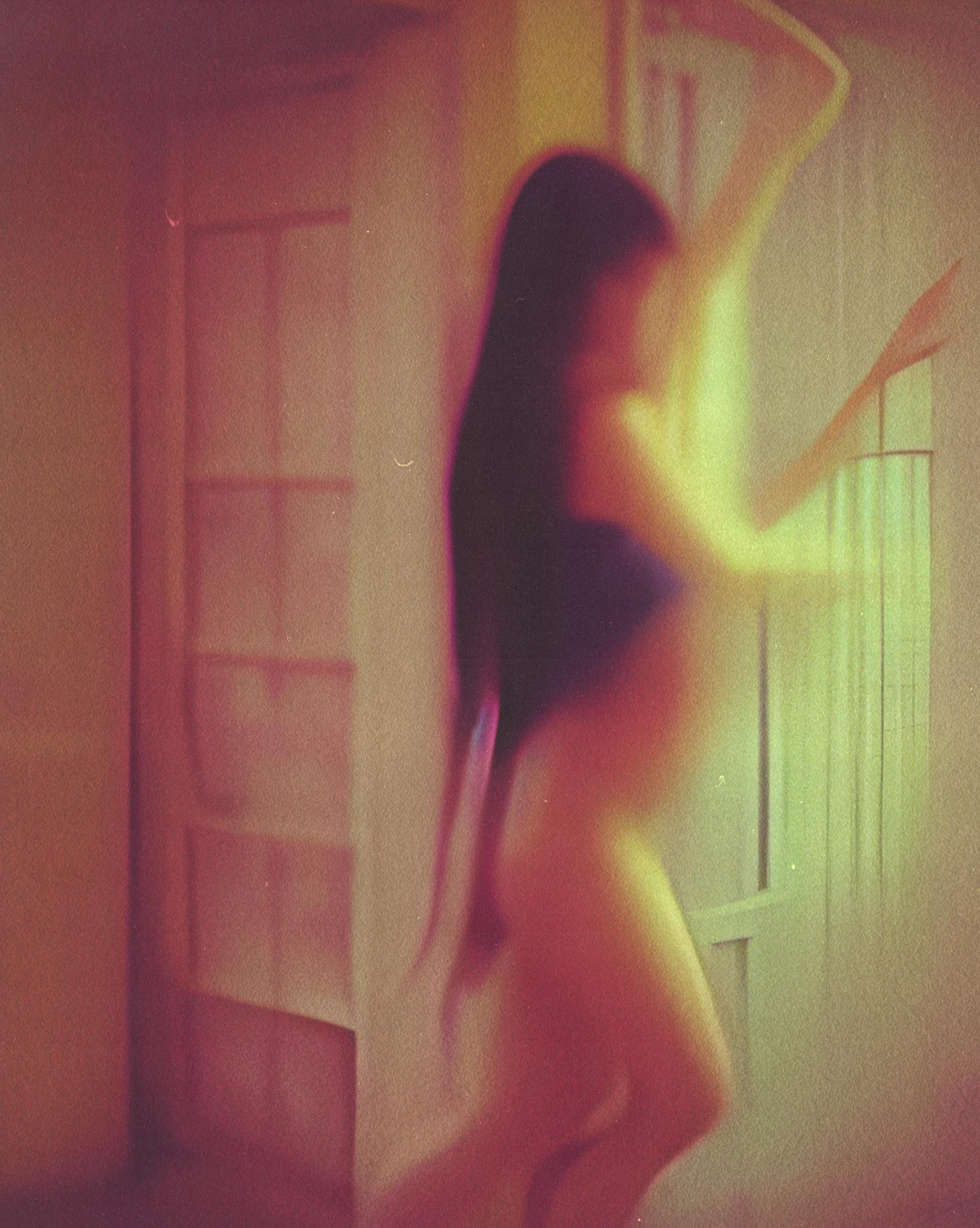
A precise aesthetic choice is clearly visible: why opting for this blurred effect?
Blurry images always remind me of the effort involved in describing or recalling a memory. From a technical point of view, it corresponds to either the camera or the documented object moving too rapidly. For this project, I used motion blur to express a specific concept: when we experience the glimpse of a distant memory, like in a flashback, everything quickly passes before our own eyes like a film strip. In this nonexistent journey, I am moving past all places and people without being able to truly capture the “present”, without holding any of them in my hand.
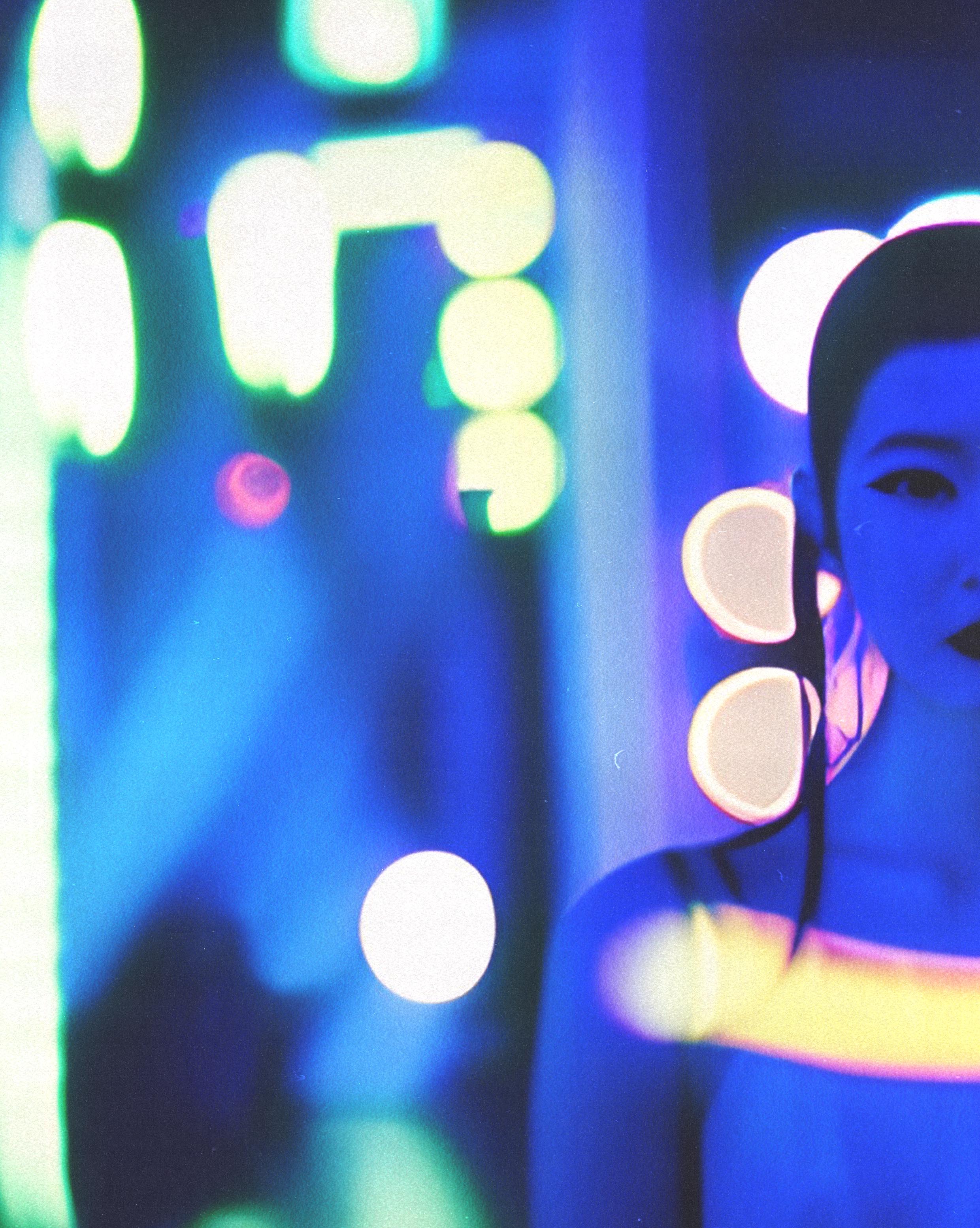
What sparked your interest in China? Or, let me rephrase, why did you choose China as the destination for this non-existent trip? The immense technological development the country underwent is one of the reasons I can think of, but I would like to hear more from you.
As a teenager who has been obsessed with movies, my fascination with China significantly increased after deep diving into the movies of Wong Kar Wai and Lou Ye, two directors who have influenced my visual language since then. Wai with its cinematic language that often depicts crowded streets, neon lights, and gritty urban landscapes of Hong Kong creating a sense of dislocation and alienation, as well as images of narrow alleyways, winding staircases, and lush gardens of old Hong Kong evoking a sense of nostalgia, suspension and longing.
These elements have all greatly impacted the art direction of Non-existent trip to China. Visualizing myself as physically existing in the cities of China gives me dizziness, almost a joy and fear that would cause a slight fainting feeling.
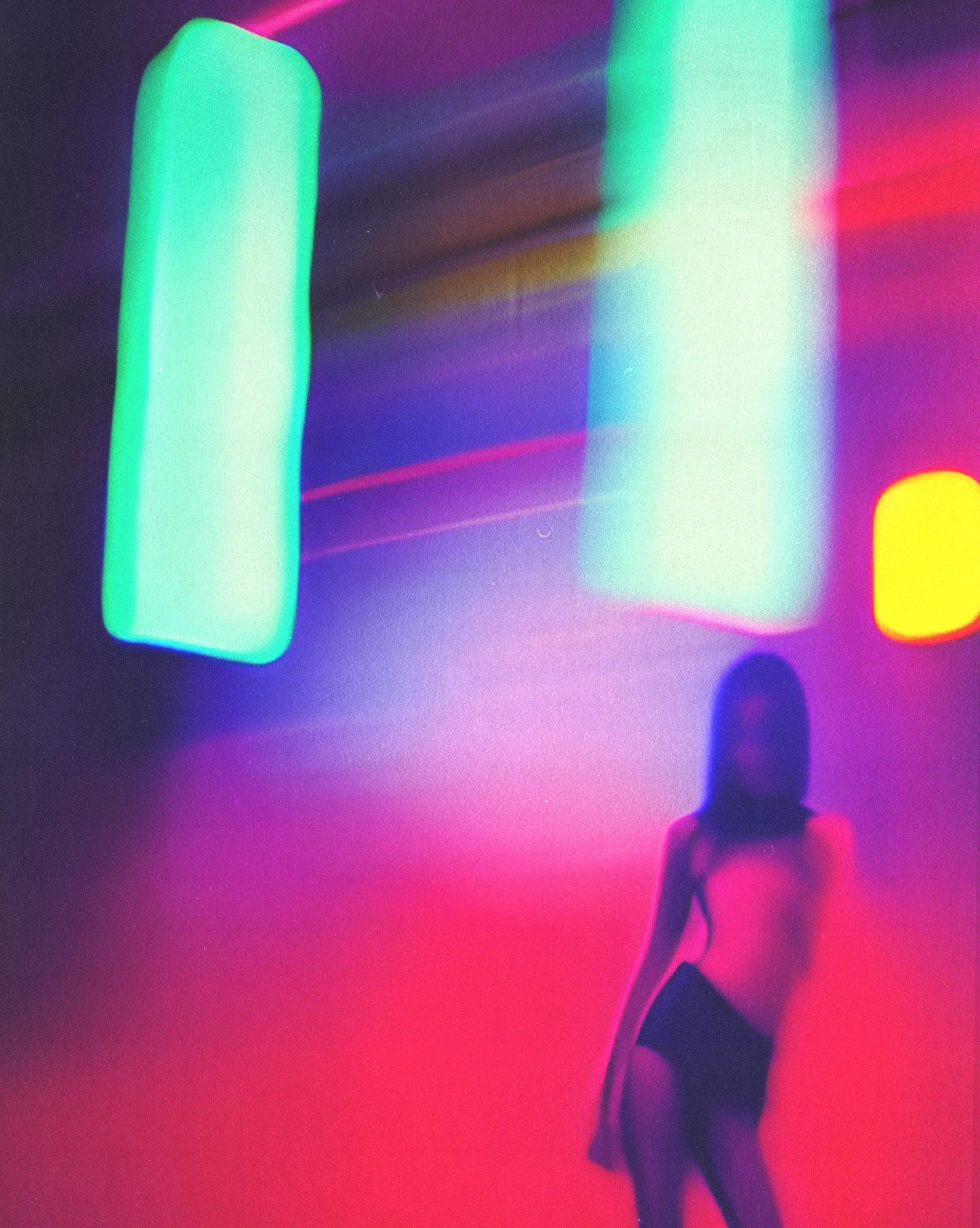
In the images you shared only female figures make an appearance and I would love to know if this is a casual element within the project or a structural one. As we know thanks to the writings of Sadie Plant, Laboria Cuboniks with their Xenofeminist Manifesto and other feminist theorist, there is a deep bond between technology and the female/trans body (just an example among many: the materiality of both of them is violently removed and ideologically repressed at the level of representation). Would you like to elaborate on that?
My initial wish was to create only feminine figures since during my research phase I was only able to have positive, long lived conversations with Chinese women. They were very caring, interested in me and my ideas, open minded and excited to share. I felt a safe space was forming effortlessly. It is important to note that Chinese society still has a complex relationship with gender roles and expectations, particularly for female bodies. During or even after my research, it was very fascinating to see that many young women are reclaiming their spaces and bodies through the way they express themselves.
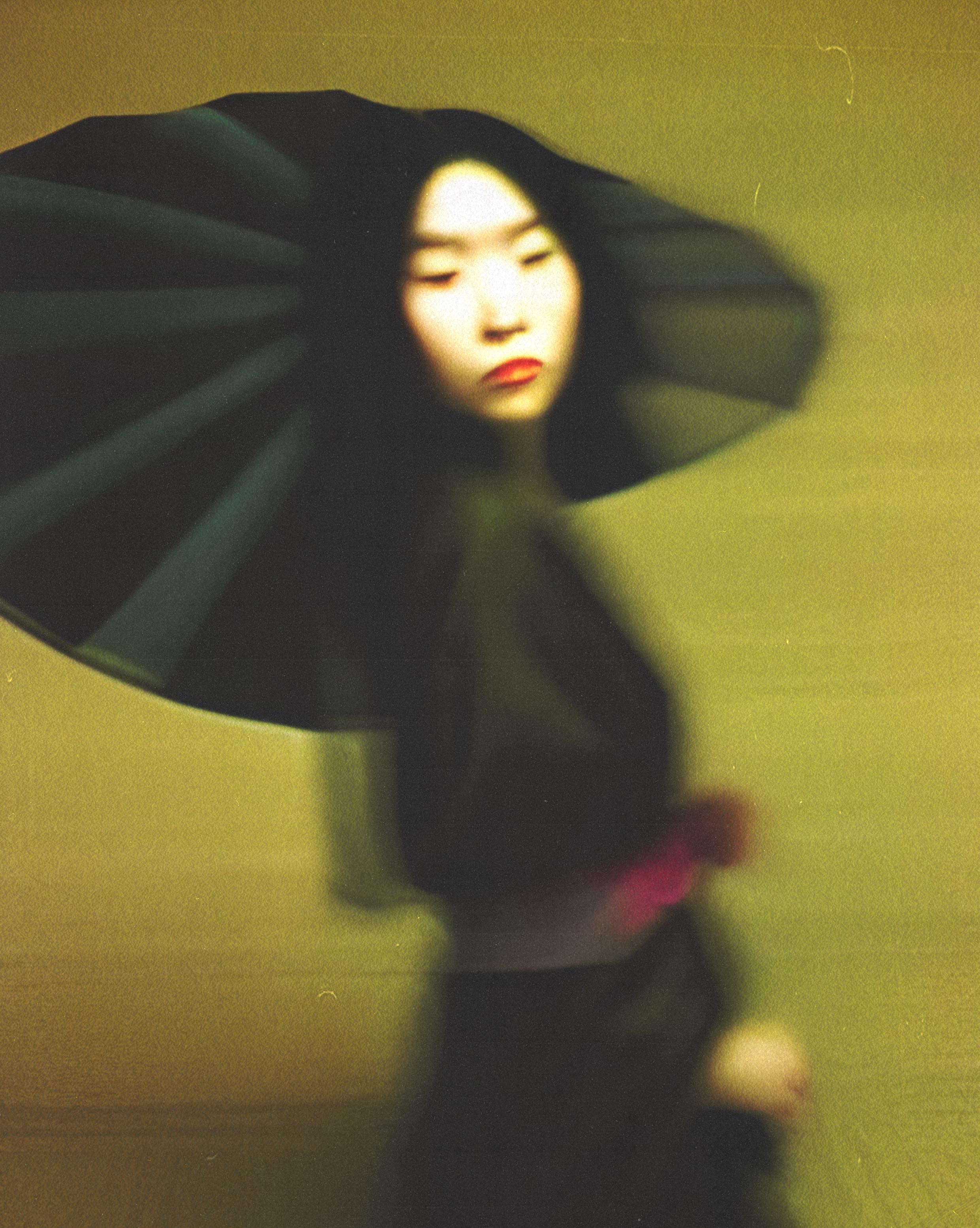
Basic question but still a mandatory one: how and when did you first encounter AI? What kind of encounter was it?
My first interaction with AI was not a pleasant one but it still caught my attention so bad that I had to create at least one image to get the curiosity out of my mind. It was during the middle of 2021 when many of the AI tools were released.
I saw a post on Reddit, a surreal, complex image that was created with Wombo. To be honest I hated the idea of image generation because, as an artist who understands problems such as plagiarization and art digitalization, I felt very concerned. Yet I had to be embracing of the new and the unknown instead of seeing it as a threat. I started generating many random compositions and loved the process of “prompting” as it gave me a lot to think about my words and composition references.
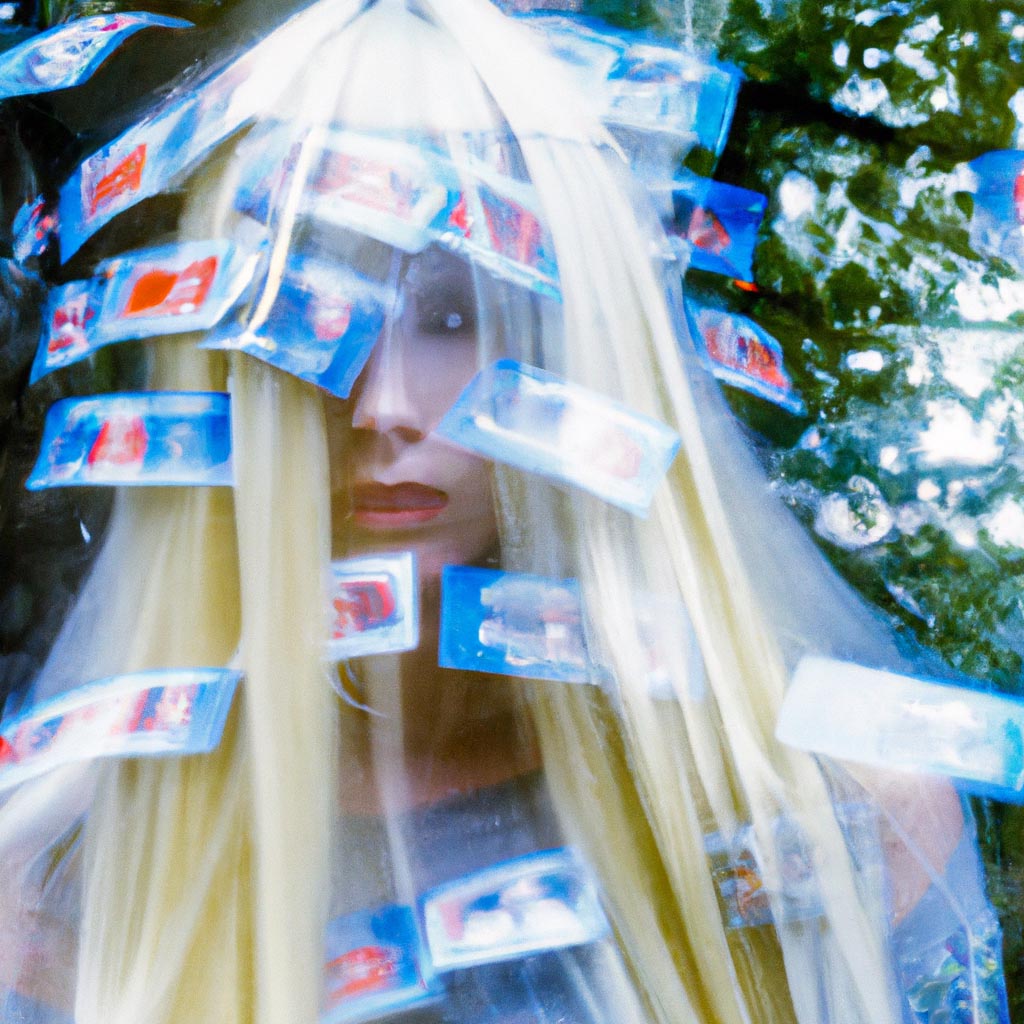
«how it feels like to be “her”, how the “post-female” of my delusions would look like, what would she do…Giving artificial intelligence a chance, how would it describe the post-female?» This is a great piece of writing (slightly rephrased for the purpose of the interview) coming from the description of your 1000 years of delusion project. It shows that it was realized during the “early days” of AI and I don’t absolutely mean that in a bad way: actually I believe that the rough, harsh look shown by these images is way more interesting than the more refined results we’re now getting when toying with AI. How did you obtain such visual products? Did you use existing images as a starting point?
This project was realized in the middle of 2022 as everyone can tell from the roughness of the generated images, we were still in the early stages of AI. After trying Wombo, I felt the need of expanding AI tools in order to produce more complex and detailed visuals with the aim of expanding my visual research for this specific project. I was looking for a starting point for a photographic series which I had been planning to realize, so I used Dall-E.
However, at the time there was not an option to feed the algorithm with existing images and mix them with machine learning. Therefore I worked on my prompting skill to have more control over the art direction of each image, then this turned into me almost writing poems rather than just giving commands. At the end I actually developed an emotional closeness towards artificial intelligence.
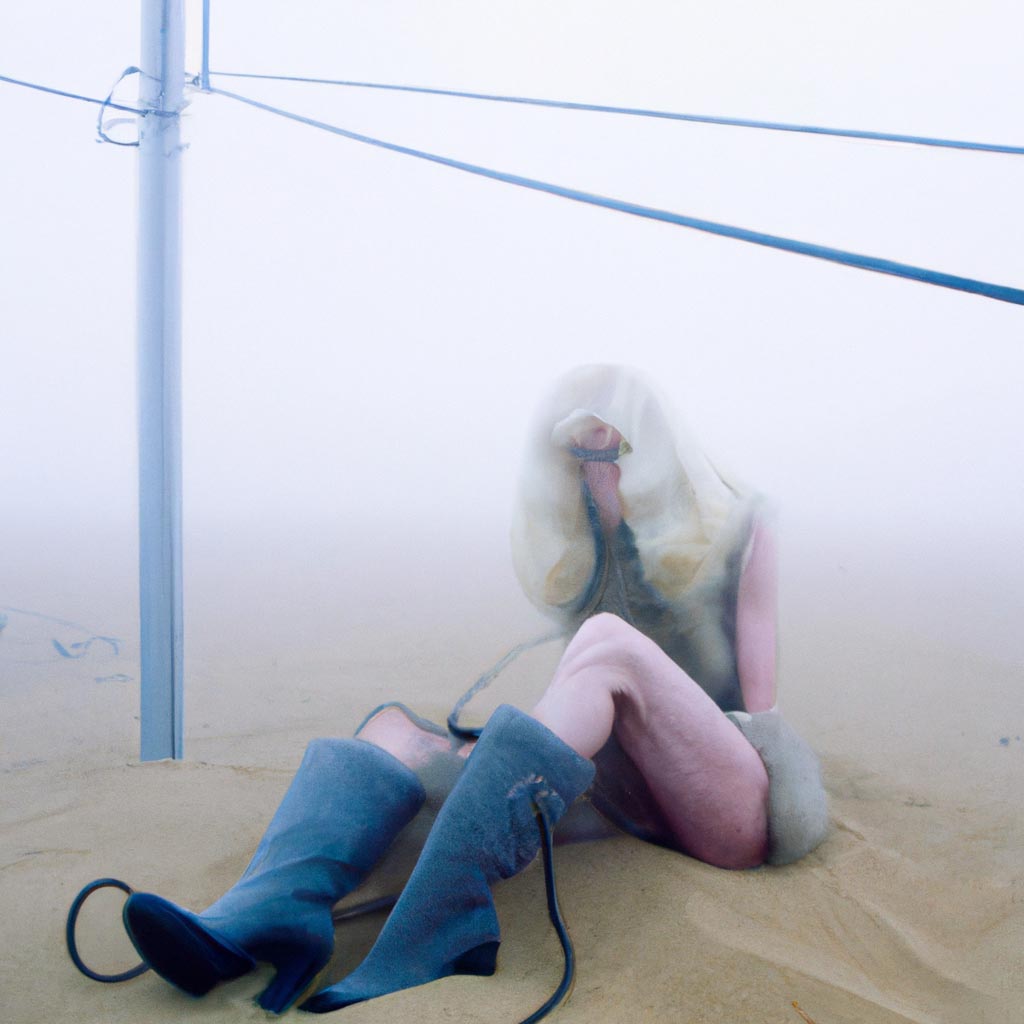
Going back to the text quoted before: can you expand on the concept of “post-female”? I feel like I sense what you’re aiming for but don’t want to put words in your mouth so I would love to hear more from you.
The term “post-female” is something I came up with, in relation to a series which emphasizes a subsequent persona, another psyche that has been born from within. It has much in common with Xenofeminism and Glitch Feminism as I mentioned.
In my view, a post-female identity can be defined as one that challenges traditional stereotypes and binary gender roles, embracing the transformative potential of technology. This series touches on my personal struggle, as a BIPOC woman, to deal with traditional concepts, toxic situations, stereotypes and technology in such a fast paced environment while still wanting to hold on to the nostalgia.
